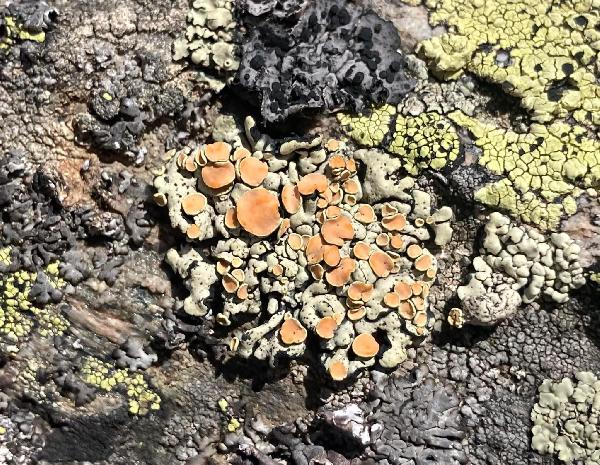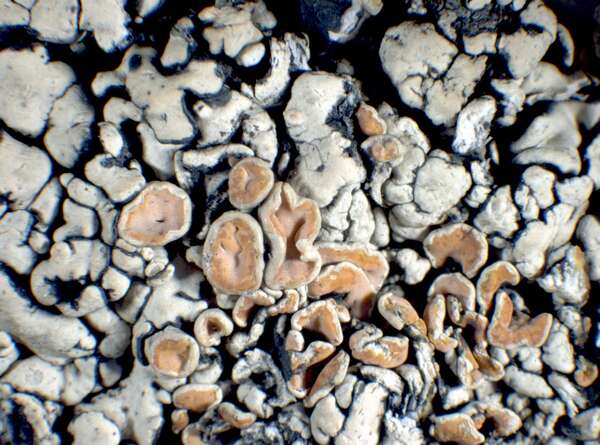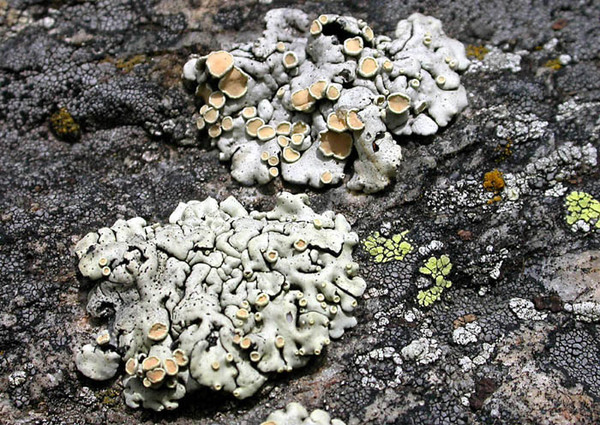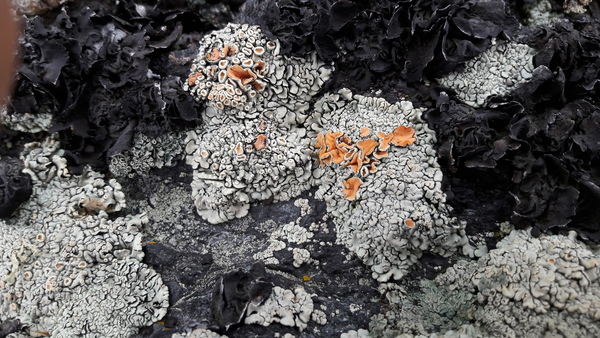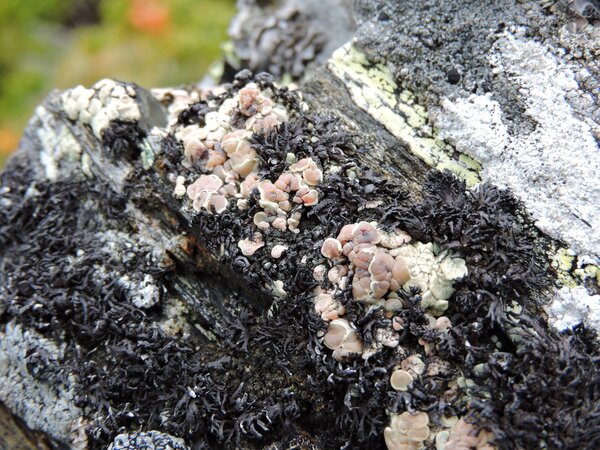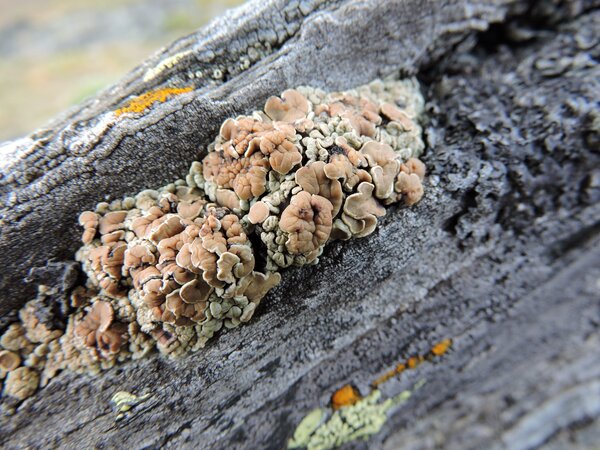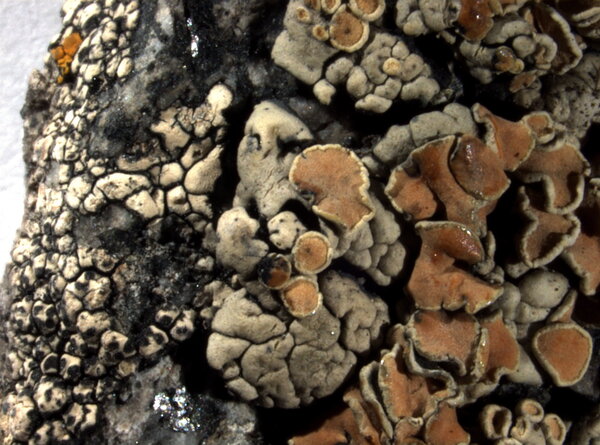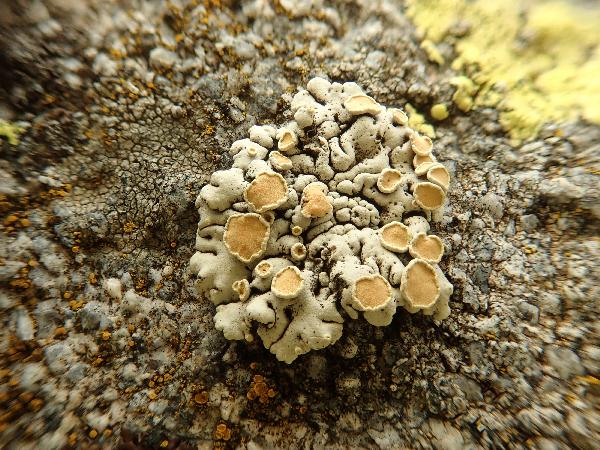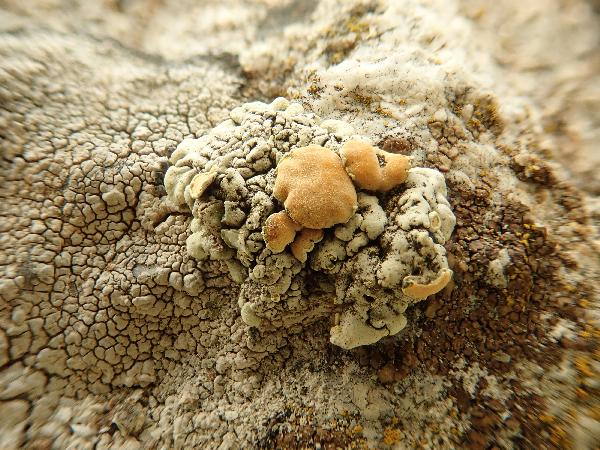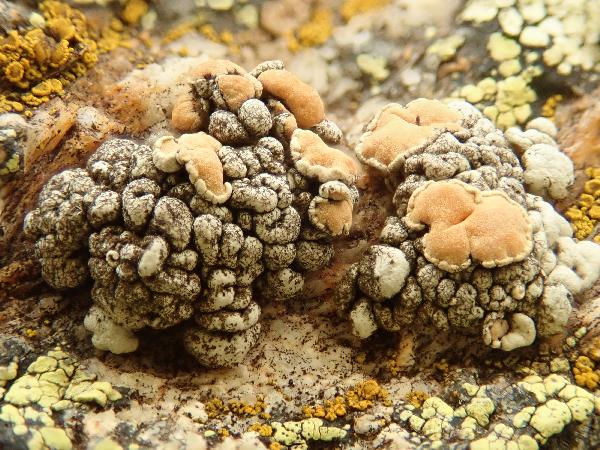Rhizoplaca chrysoleuca (Sm.) Zopf
Ann. Chemie, 340: 291, 1905. Basionym: Lichen chrysoleucus Sm. - Trans. Linn. Soc. London, 1: 82, 1791.
Synonyms: Lecanora chrysoleuca (Sm.) Ach.; Lecanora chrysoleuca var. pallida Sambo?; Lecanora rubina auct.; Omphalodina chrysoleuca (Sm.) S.Y. Kondr., Lőkös & Farkas; Squamaria chrysoleuca (Sm.) Duby
Distribution: N - TAA (Nascimbene & al. 2022), Lomb (Dalle Vedove & al. 2004), Piem (Morisi & Sereno 1995, Isocrono & al. 2003, 2004, Morisi 2005, Isocrono & Piervittori 2008, Giordani & al. 2014, Lich. Ital. Exs. 6: Puntillo & al. 2017), VA (Borlandelli & al. 1996, Piervittori & Isocrono 1997, 1999, Piervittori & al. 2001, Isocrono & al. 2008, Matteucci & al. 2015c, Lich. Ital. Exs. 84: Isocrono & al. 2023), Emil (Fariselli & al. 2020), Lig (TSB 33460). C - Sar.
Description: Thallus foliose-umbilicate, mono- or polyphyllous, to 2-3.5 cm across, pale yellowish green to greenish white, attached by a central holdfast. Lobes flat to concave, c. 0.5-1(-1.5) mm thick, crenate-incised, sometimes partly blackened at margins; lower surface dark brown to black, erhizinate. Upper cortex of strongly gelatinized hyphae, often heavily inspersed with crystals, the cell walls with isolichenan; medulla white, loose, but often filled with granules; lower cortex thicker than the upper one. Apothecia lecanorine, laminal or submarginal, 0.8-2.5 mm across, at first adnate, then sessile and constricted at base, with a flat to convex, reddish orange or yellow-orange, often pruinose disc, and an entire to flexuose-crenate, persistent or excluded thalline margin. Epithecium pale yellowish brown, with a superficial layer of granules; hymenium yellowish, not inspersed, (35-)50-60 µm high; paraphyses c. 2-3 µm thick, with swollen apical cells; hypothecium colourless. Asci 8-spored, clavate, the tholus with a strongly amyloid lateral part, a non-amyloid broadly diverging axial mass with a thick, non-amyloid cap above, and a weakly amyloid outer layer Lecanora-type. Ascospores 1-celled, hyaline, ellipsoid to oblong-ellipsoid, 8-12 x 3-6 µm. Pycnidia rare, black, immersed. Conidia thread-like, 15-20(-30) µm long. Photobiont chlorococcoid. Spot tests: upper cortex K- or K+ yellow, C-, KC+ yellow, P-, UV-; medulla: K-, C- or rarely C+ red, KC-, KC+ pale yellow or rarely KC+ red, P-, or P+ yellow, UV-. Chemistry: upper cortex with usnic acid and variable amounts of either placodiolic or pseudoplacodiolic acid; medulla with aliphatic acids or no substances, or rarely with psoromic and/or lecanoric acids.Note: a widespread holarctic lichen found on bird's perching siliceous rocks and boulders, especially in upland areas; most frequent in areas with a dry-subcontinental climate, e.g. in the central Alps, but also occurring on the high Mediterranean mountains.
Growth form: Foliose, umbilicate
Substrata: rocks
Photobiont: green algae other than Trentepohlia
Reproductive strategy: mainly sexual
Subcontinental: restricted to areas with a dry-subcontinental climate (e.g. dry Alpine valleys, parts of Mediterranean Italy)
Commonnes-rarity: (info)
Alpine belt: common
Subalpine belt: very common
Oromediterranean belt: rare
Montane belt: very rare
Submediterranean belt: absent
Padanian area: absent
Humid submediterranean belt: absent
Humid mediterranean belt: absent
Dry mediterranean belt: absent

Predictive model
Herbarium samples
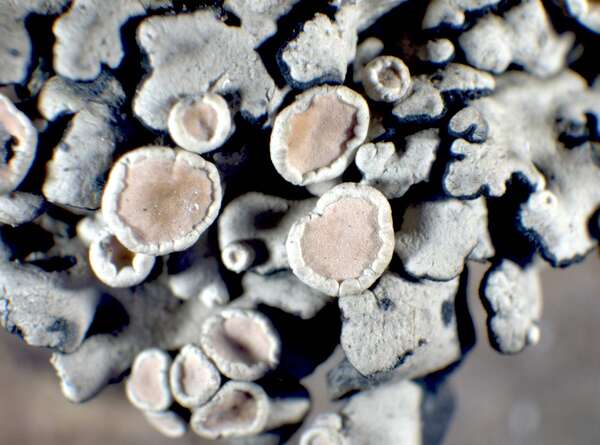

P.L. Nimis; Owner: Department of Life Sciences, University of Trieste
Herbarium: TSB (9218)
2001/12/01
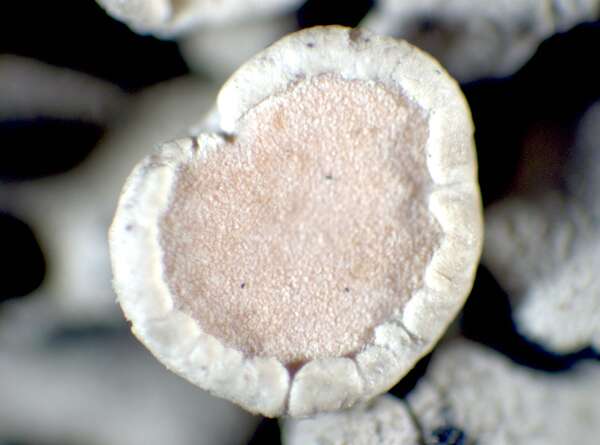

P.L. Nimis; Owner: Department of Life Sciences, University of Trieste
Herbarium: TSB (9218)
2001/12/01
Growth form: Foliose, umbilicate
Substrata: rocks
Photobiont: green algae other than Trentepohlia
Reproductive strategy: mainly sexual
Subcontinental: restricted to areas with a dry-subcontinental climate (e.g. dry Alpine valleys, parts of Mediterranean Italy)
Commonnes-rarity: (info)
Alpine belt: common
Subalpine belt: very common
Oromediterranean belt: rare
Montane belt: very rare
Submediterranean belt: absent
Padanian area: absent
Humid submediterranean belt: absent
Humid mediterranean belt: absent
Dry mediterranean belt: absent

Predictive model
| Herbarium samples |


P.L. Nimis; Owner: Department of Life Sciences, University of Trieste
Herbarium: TSB (9218)
2001/12/01


 INDEX FUNGORUM
INDEX FUNGORUM
 GBIF
GBIF
 DOLICHENS
DOLICHENS
